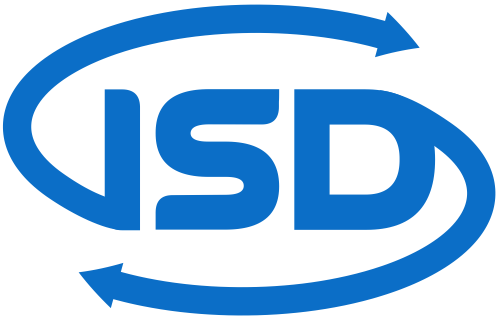Abstract
Organizations tend to implement multiple compliance mechanisms in an effort to improve their security, from legislation to international standards. Blindly implementing these mechanisms, independently from one another, often leads to the duplication of work. The process of ho- mogenizing, mapping and integrating compliance mechanisms solves this issue by allowing researchers to bridge the gap between them. However, these processes consume a lot of time and effort, which is the problem we seek to solve with this paper. We have designed, developed and evaluated a software tool that utilizes NLP and AI techniques to assist researchers in finding the intersections between compliance mechanisms, reducing time spent in the mapping process.
Paper Type
Short Paper
DOI
10.62036/ISD.2023.4
A Mapping Tool for Normative Requirements
Organizations tend to implement multiple compliance mechanisms in an effort to improve their security, from legislation to international standards. Blindly implementing these mechanisms, independently from one another, often leads to the duplication of work. The process of ho- mogenizing, mapping and integrating compliance mechanisms solves this issue by allowing researchers to bridge the gap between them. However, these processes consume a lot of time and effort, which is the problem we seek to solve with this paper. We have designed, developed and evaluated a software tool that utilizes NLP and AI techniques to assist researchers in finding the intersections between compliance mechanisms, reducing time spent in the mapping process.



Recommended Citation
Cruz, J., Fernandes, A., Mira da Silva, M., & Pereira, R. (2023). A Mapping Tool for Normative Requirements. In A. R. da Silva, M. M. da Silva, J. Estima, C. Barry, M. Lang, H. Linger, & C. Schneider (Eds.), Information Systems Development, Organizational Aspects and Societal Trends (ISD2023 Proceedings). Lisbon, Portugal: Instituto Superior Técnico. ISBN: 978-989-33-5509-1. https://doi.org/10.62036/ISD.2023.4